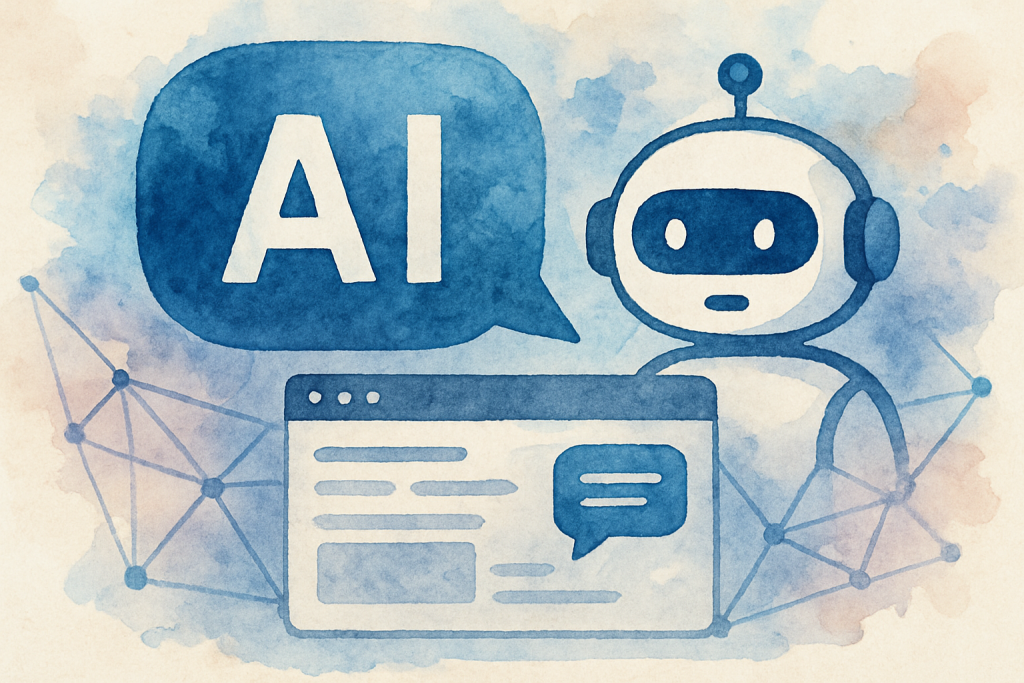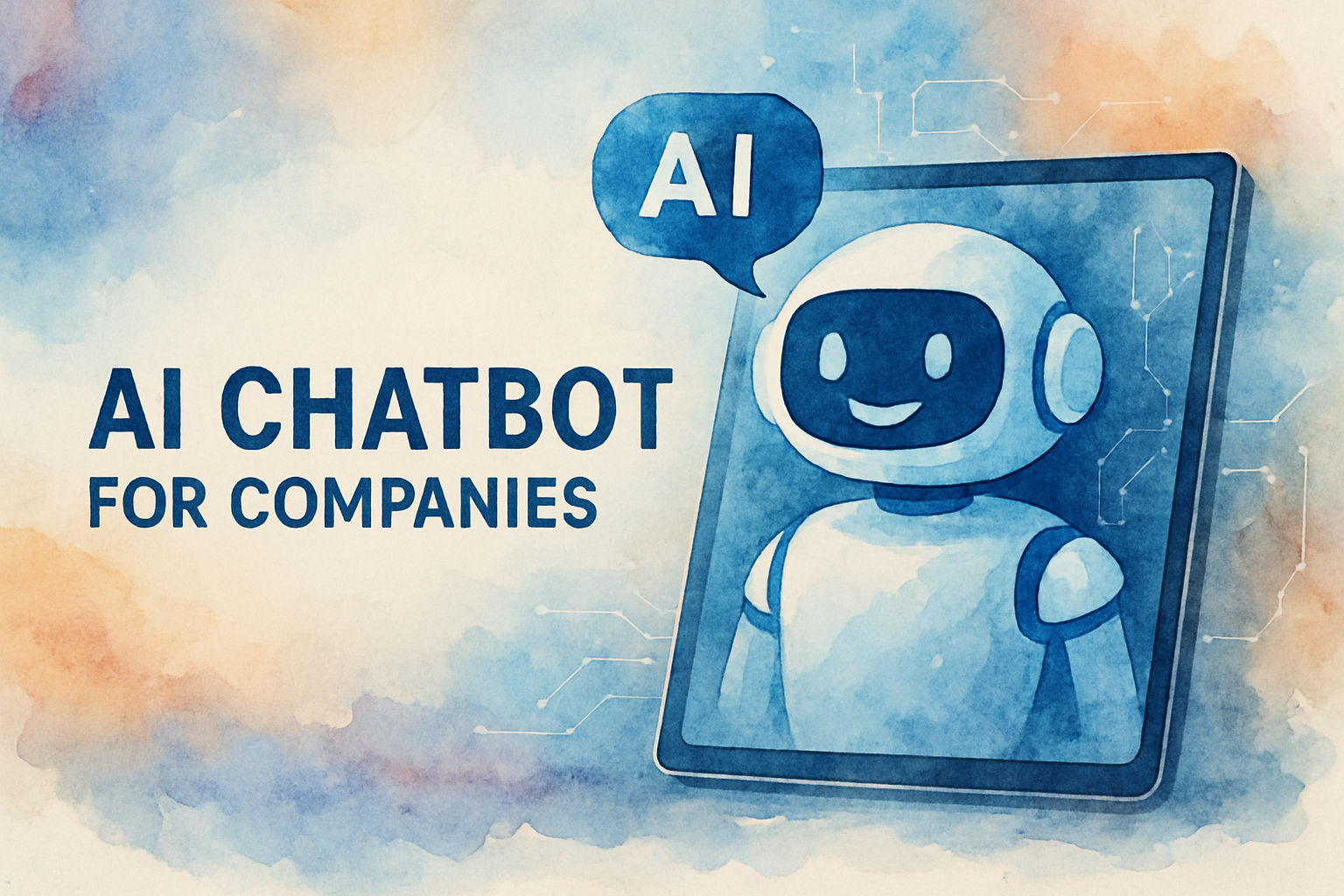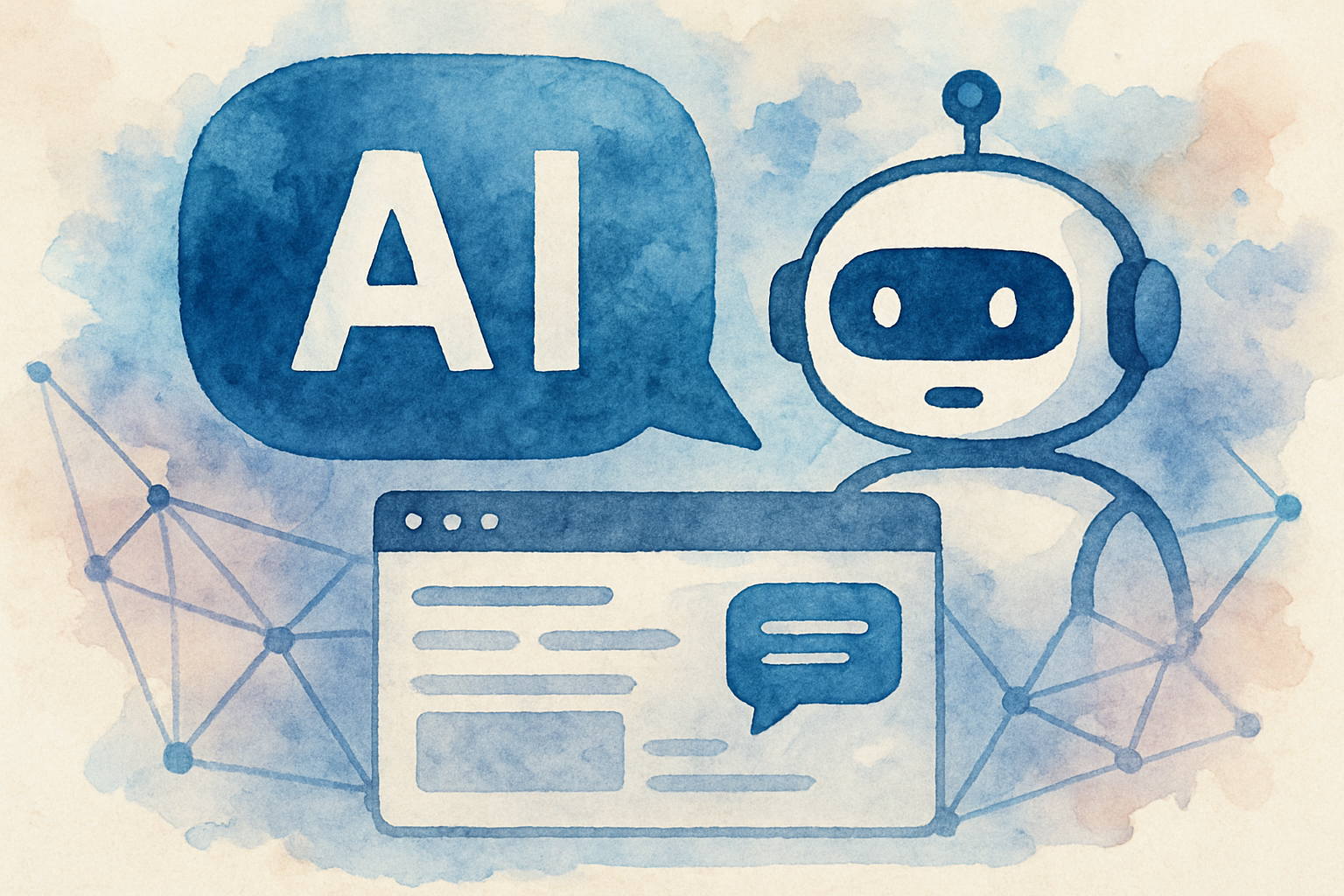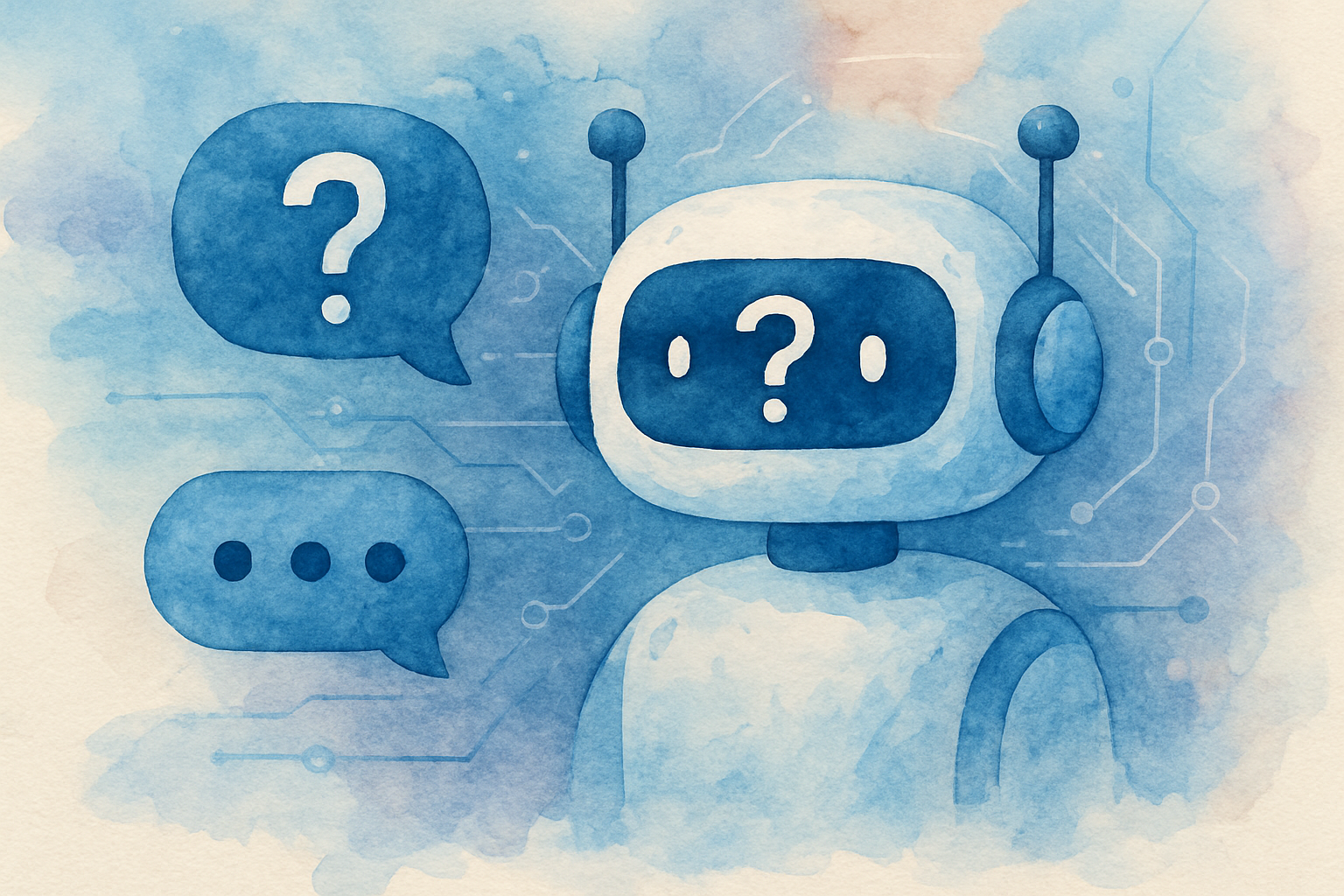Transform Your Brand with AI Chatbot Website Integration Now — 6 Steps by Steps Guide
In today’s digital landscape, businesses are constantly seeking innovative ways to engage website visitors and provide exceptional customer experiences. One powerful solution that’s revolutionising online interactions is AI chatbot website integration. These intelligent virtual assistants are transforming the way businesses communicate with their audience, offering instant support, personalised recommendations, and seamless interactions 24/7.
In this comprehensive guide, we’ll explore the benefits of integrating AI chatbots into your website, discuss implementation strategies, and address common challenges. By the end of this article, you’ll have a clear understanding of how AI chatbot integration can boost your website’s engagement and take your online presence to the next level.
Understanding AI Chatbot Website Integration
AI chatbot website integration refers to the process of incorporating intelligent conversational agents into your website’s interface. These chatbots leverage artificial intelligence and natural language processing to engage with visitors, answer queries, and provide assistance in real-time. Unlike traditional chatbots, AI-powered chatbots can understand context, learn from interactions, and offer increasingly personalised experiences over time.
The Rise of AI Chatbots in Website Design
The adoption of AI chatbots has skyrocketed in recent years, with businesses across various industries recognising their potential to enhance customer engagement and streamline operations. According to a report by Grand View Research, the global chatbot market is expected to reach £1.25 billion by 2025, growing at a compound annual growth rate (CAGR) of 24.3%.
This surge in popularity is driven by several factors, including:
- Advancements in AI and machine learning technologies
- Increasing demand for 24/7 customer support
- The need for cost-effective customer service solutions
- Growing preference for self-service options among consumers
Benefits of AI Chatbot Website Integration
Integrating AI chatbots into your website can yield numerous benefits for both your business and your customers. Let’s explore some of the key advantages:
1. Enhanced Customer Experience
AI chatbots provide instant responses to customer queries, ensuring that visitors receive immediate assistance at any time of day or night. This rapid response time significantly improves customer satisfaction and reduces frustration associated with long wait times or unanswered questions.
2. Increased Engagement and Conversion Rates
By proactively engaging visitors and offering personalised recommendations, AI chatbots can guide users through your website, showcase relevant products or services, and ultimately increase conversion rates. They can also gather valuable customer data to inform your marketing and sales strategies.
3. Cost-Effective Customer Support
Implementing AI chatbots can significantly reduce the workload on your human customer support team, allowing them to focus on more complex issues while the chatbot handles routine queries. This can lead to substantial cost savings and improved efficiency in your customer service operations.
4. Scalability and Consistency
AI chatbots can handle multiple conversations simultaneously, ensuring that your website can accommodate high volumes of traffic without compromising on response times or quality of service. They also provide consistent information across all interactions, eliminating the risk of human error or inconsistencies in customer communications.
Implementing AI Chatbot Website Integration: A Step-by-Step Guide
Now that we’ve explored the benefits of AI chatbot integration, let’s dive into the implementation process. Follow these steps to successfully integrate an AI chatbot into your website:
1. Define Your Objectives and Use Cases
Before selecting a chatbot solution, clearly outline your goals and identify specific use cases for your AI chatbot. Consider the following questions:
- What tasks do you want the chatbot to perform?
- Which areas of your website would benefit most from chatbot assistance?
- What types of queries do you expect the chatbot to handle?
2. Choose the Right AI Chatbot Platform
Select a chatbot platform that aligns with your requirements and technical capabilities. Consider factors such as:
- Natural language processing capabilities
- Integration options with your existing systems
- Customisation and branding features
- Analytics and reporting functionality
- Scalability and pricing models
3. Design Your Chatbot’s Conversation Flow
Map out the conversation flow for your chatbot, considering various user scenarios and potential paths. Create a script that reflects your brand voice and ensures a smooth, logical progression through different topics and queries.
4. Train Your AI Chatbot
Feed your chatbot with relevant data, including frequently asked questions, product information, and common customer scenarios. Continuously refine and update its knowledge base to improve accuracy and relevance over time.
5. Integrate the Chatbot into Your Website
Work with your development team or follow the chatbot platform’s integration guidelines to embed the chatbot into your website. Ensure that it’s easily accessible and visually appealing without disrupting the overall user experience.
6. Test and Iterate
Thoroughly test your chatbot across various devices and scenarios to identify and address any issues. Gather user feedback and analyse chatbot performance metrics to continually improve its functionality and effectiveness.
Overcoming Challenges in AI Chatbot Website Integration
While AI chatbot integration offers numerous benefits, it’s essential to be aware of potential challenges and how to address them:
1. Limited Understanding of Complex Queries
Solution: Continuously train your chatbot with diverse data sets and implement a fallback mechanism to transfer complex queries to human agents when necessary.
2. Maintaining a Human Touch
Solution: Personalise your chatbot’s responses and incorporate empathy into its conversation flow. Clearly communicate when users are interacting with a bot and provide options to speak with human agents when needed.
3. Integration with Existing Systems
Solution: Choose a chatbot platform that offers robust integration capabilities and work closely with your IT team to ensure seamless connectivity with your existing CRM, customer support, and e-commerce systems.
4. Data Privacy and Security Concerns
Solution: Implement strong data protection measures, comply with relevant regulations such as GDPR, and clearly communicate your data handling practices to users.
Conclusion: Embracing the Future of Website Engagement
AI chatbot website integration represents a powerful opportunity to revolutionise your online presence, enhance customer experiences, and drive engagement. By implementing an intelligent virtual assistant on your website, you can provide instant support, personalised recommendations, and seamless interactions that keep visitors coming back for more.
As you embark on your AI chatbot integration journey, remember to focus on creating value for your users, continuously refine your chatbot’s capabilities, and stay abreast of emerging trends in AI and natural language processing.
Ready to take your website’s engagement to the next level with AI chatbot integration? Contact The Crunch today to schedule a free consultation and discover how we can help you implement cutting-edge chatbot solutions tailored to your business needs. Get started now!
Frequently Asked Questions
Q1: How much does it cost to integrate an AI chatbot into a website?
A1: The cost of AI chatbot integration varies depending on factors such as the complexity of the chatbot, the platform used, and the level of customisation required. Basic chatbot solutions can start from a few hundred pounds per month, while more advanced enterprise-level solutions can cost several thousand pounds annually.
Q2: Can AI chatbots completely replace human customer support agents?
A2: While AI chatbots can handle many routine queries and tasks, they are not designed to completely replace human agents. Instead, they complement human support by handling simple inquiries, allowing human agents to focus on more complex issues that require empathy and critical thinking.
Q3: How long does it take to implement AI chatbot website integration?
A3: The implementation timeline can vary depending on the complexity of the project and the chosen platform. A basic chatbot integration can be completed in a few weeks, while more sophisticated solutions may take several months to design, develop, and train.
Q4: Are AI chatbots suitable for all types of websites?
A4: AI chatbots can benefit a wide range of websites, from e-commerce platforms to information portals. However, the specific use cases and implementation may vary depending on the nature of your business and your target audience. It’s essential to carefully consider your objectives and user needs before integrating a chatbot.
Q5: How can I measure the success of my AI chatbot integration?
A5: Key performance indicators (KPIs) for chatbot success include user engagement rates, resolution times, customer satisfaction scores, conversion rates, and cost savings in customer support operations. Most chatbot platforms provide analytics tools to help you track these metrics and assess your chatbot’s performance.










